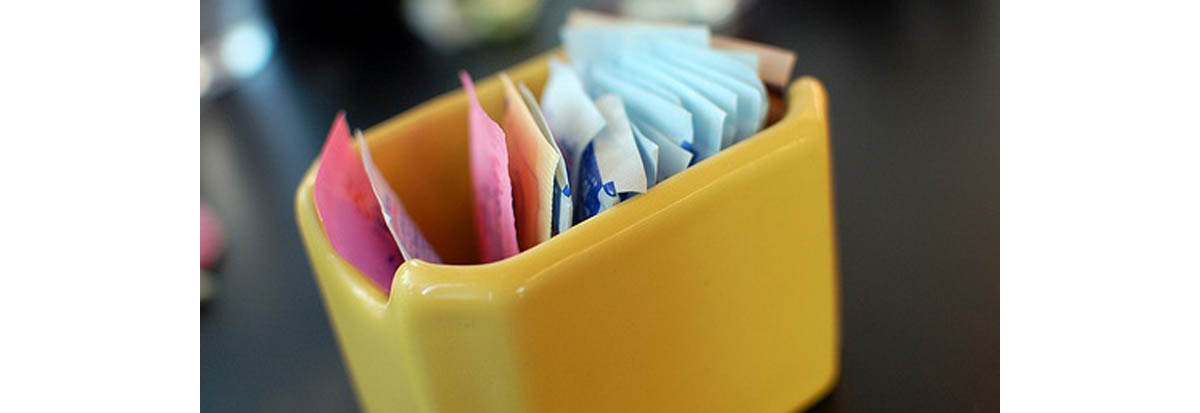During the past couple of decades, there has been more and more negative press about sugar, with lots of people realizing just how unhealthy sugar can be. Because of this recognition, sugar was deemed a bad thing by most people, and as its popularity declines in the vast majority, the popularity of artificial sweeteners increased. The question is are artificial sweeteners safe and are they actually healthier than sugar?
Sugar is a complex carbohydrate that is linked as a contributor to obesity, diabetes, and many other health problems. Now that more people are turning their backs on sugar and instead turning to artificial sweeteners as an alternative, thinking that these are healthier. Though it's true that many people may have artificial sweeteners, most of us have no idea about the details of artificial sweeteners. Are they even safe? Where do they come from? How much healthier are they actually? What chemicals comprise them?
That's what we'll look at together. What really is artificial sweetener?

Aspartame
Commonly referred to as Equal or NutraSweet, this item is 200 times sweeter than sugar too. It has been called a neurotoxic substance that is associated with dizziness, visual impairment, seizures, muscle aches, numbing of extremities, depression, and birth defects.Saccharin
This sugar substitute is up to 700 times sweeter than sugar but it has no calories. It is the most tested product on the market to date and is commonly called Sweet ‘N Low. Various studies have linked it to cancer but it was removed from the carcinogenic list in the U.S. in 2000.Sucralose
Discovered in 1976 and approved by the FDA in 1998, this chemical sugar alternative is around 600 times sweeter than sugar. It is made by chlorination of sucrose and is commonly called Splenda. Studies to date are inadequate but some have linked it to thymus and immune dysfunction. Other studies report it as being mutagenic.Stevia
This is artificial sweetener is commonly known as Truvia, one that is up to 300 times sweeter than sugar. It was rejected by the FDA in 1990 but eventually gained acceptance in 2008. It comes from a natural plant origin but is commercially sold in a chemically altered form. Many natural food proponents consider it the ultimate safe sweetener.Maltitol, Mannitol, Sorbitol, and Xylitol
All of these substances are chemically known as ‘sugar alcohols’. They are only half as sweet as sugar and not well absorbed by the body. Unfortunately, they produce a laxative effect in large quantities.Neotame
This is a substance that is chemically related to aspartame and is up to 13,000 times sweeter than sugar. Although it was approved by the FDA in 2002, it is not widely used due to the known problems with aspartame.Cyclamate
This was the original Sweet ‘N Low that was banned by the FDA in 1970. Animal studies have showed that this product is carcinogenic but a petition has been filed with the FDA for re-approval.High Fructose Corn Syrup
This product has been around since the 1980s and is cheaper than sugar. Depending on the formulation, it may be sweeter -or at least just as sweet- as sugar. It is greatly linked to obesity, diabetes, and heart disease.Conclusion
While some sweeteners are recommended for weight loss and to control diabetes, new research exists that they actually encourage weight gain and sugar cravings. The bottom line is that it is hard to say that these products are unsafe, but in the same breath, it is hard to say that they are safe. It is probably just best to stick to the old saying: everything in moderation.- Eating Well. (2011). A buyer’s guide to sugar substitutes.
- Ochel, E. (2009). Quick guide to artificial sweeteners and sugar substitutes.
- Photo courtesy of Steven Snodgrass http://www.flickr.com/photos/stevensnodgrass/5608101779/

